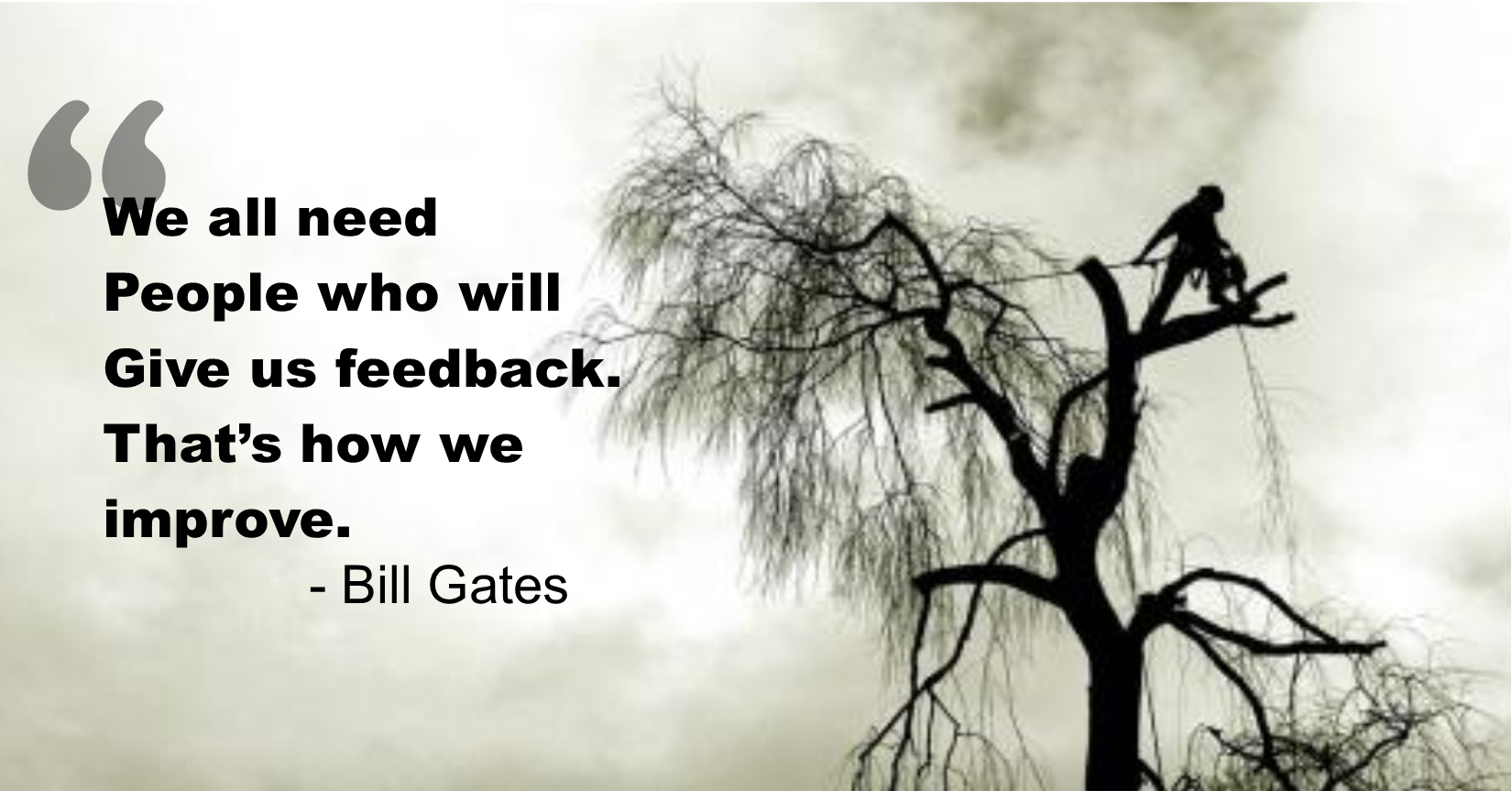Most Recent
Subscribe To Receive Our Blogs
Popular Stories
Popular Tags
Arborist General Interest Business Arborist Gear Skills Training Events Tree CareSafety meetings are crucial to move the needle in the direction of a healthier, safer, more collaborative work environment, but how do you deliver important topics that will be received with something more than blank stares and silence? Preparing a safety meeting that resonates with participants can be difficult if you are limited on time or space to present, but any safety meeting time is better than no safety meeting time. If you or your coworker is asked to share a topic with the crew, whether the crew is you and one other, or the crew is a workplace with 50 or more employees, these ideas might help get more bang for the safety meeting buck.
The absolute basics
Assuming you have a topic in mind, start by making a simple meeting outline that lists the key topic points you want to cover. Use that outline to prepare your in-depth presentation and to make sure you hit all your topic points as you deliver your presentation. If you are provided a short amount of time to deliver a topic, try not to take on ambitious subjects in one meeting. Breaking those subjects into smaller chunks to be covered over multiple meetings makes the information easier to present and easier for participants to digest. Lastly, practice what you prepare, and prepare your delivery space ahead of participants arriving.
Stay current
Whatever safety meeting you build, it must meet the standard (industry best management practices), and it must not create confusion amongst participants by delivering too little or too much information on a topic. If you are re- using a previously made meeting outline, always skim the standards (e.g. ANSI Z133, your regional occupational health and safety regulations, etc.) for changes relating to your chosen topic. This has the added benefit of preparing you for questions or challenges from participants.
Break the cycle
Delivering the same format of meeting repeatedly will exhaust all involved, presenter included. If participants know what to expect ahead of time, they will prove very difficult engage and will take little or nothing away. Companies that use prefabricated topics appreciate that very little work needs to go into meeting preparation, but there is no better way to lose your audience. Don’t be afraid to reach out beyond the tree care world for safety meeting delivery ideas.
Scenarios, simulations
Many other industries, civilian search and rescue groups, first responders and military rely heavily on simulations as a training tool. These don’t have to be lengthy exercises and can be incorporated into a short safety meeting with careful planning. Participation in the sim or scenario makes the training event memorable, so try and include as many personnel as possible (or all of them). Take advantage of unique jobs that come up in the workplace where a simulation safety topic could be produced.
Take it outside
Everyone enjoys a chance to zone-out in a chair, in a warm, dry room, and with coffee in hand -- particularly first thing on Monday or Friday morning. Presentation rooms are a hard space to connect with coworkers at any time. Breaking through the sleepy, sterile atmosphere in those rooms takes a lot of practice. Even when expertly executed, the learning results from presentation room PowerPoints or reading off a safety topic script don’t look good when measured. When things are getting stale, take it outdoors. Though there may be widespread discontent at leaving the comfortable space, participants quickly get zoned-in to the topic with a little fresh air.
What’s the topic about? Go there. Do it.
You can spend 20 minutes showing a topic by PowerPoint or spend 20 minutes showing a topic with real equipment or scenarios. As trainers, we overestimate the effectiveness of PowerPoint or paper at our own peril. I can’t remember a single PowerPoint slide after participating in hundreds of presentations, but I can very clearly remember safety meetings where I was engaged in an actual task. If you’re talking about chipping brush, why not present with a real chipper? If the topic is about site security, secure an actual site as a group. Want to setup traffic protection? Have participants plan it and place it. Going to set up an advanced rig? Lay out all the equipment and wood, and have participants build it.
Lean on the team
Your coworkers have valuable knowledge and experiences to share. If you aren’t drawing their contributions into the meeting, you are doing all the work and probably not getting much through to the audience. As presenter, the job is to make sure all topic points are covered and that the content is ultimately absorbed in some capacity by the participants. Who said that those topics had to be covered entirely by the presenter?
- Gary Oaks




